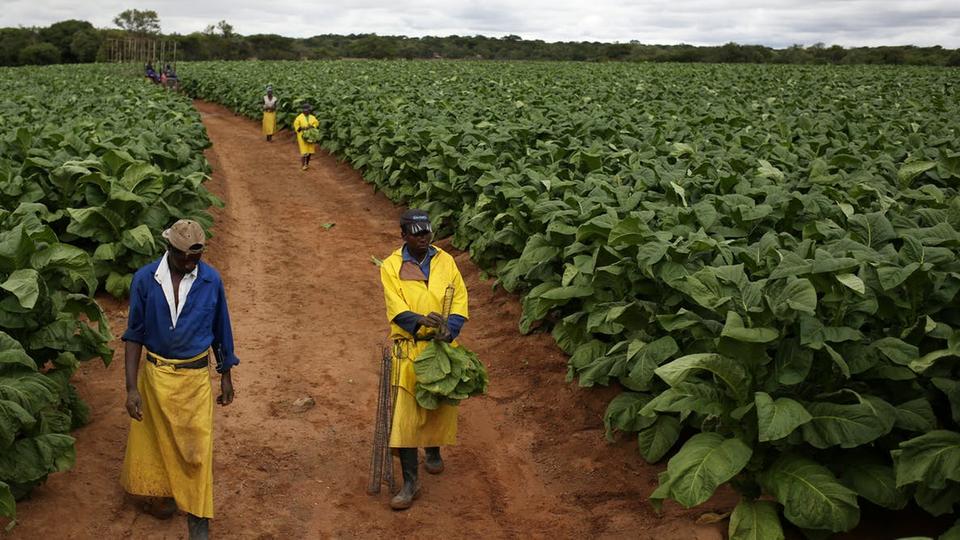
Land Reform Programme
At independence, Zimbabwe inherited a racially skewed agricultural land ownership pattern where the white large-scale commercial farmers, consisting of less than 1% of the population occupied 45% of agricultural land. 75% of this is in the high rainfall areas of Zimbabwe, where the potential for agricultural production is high.
Equally significantly, 60% of this large-scale commercial land was not merely under-utilised but wholly unutilised.
Agrarian reform in Zimbabwe therefore revolved around land reform where the systematic dispossession and alienation of the land, from the black indigenous people during the period of colonial rule, were adequately addressed.
The Zimbabwean Agrarian Reform involved restructuring of access to land, and an overall transformation of the existing farming system institutions and structures.
